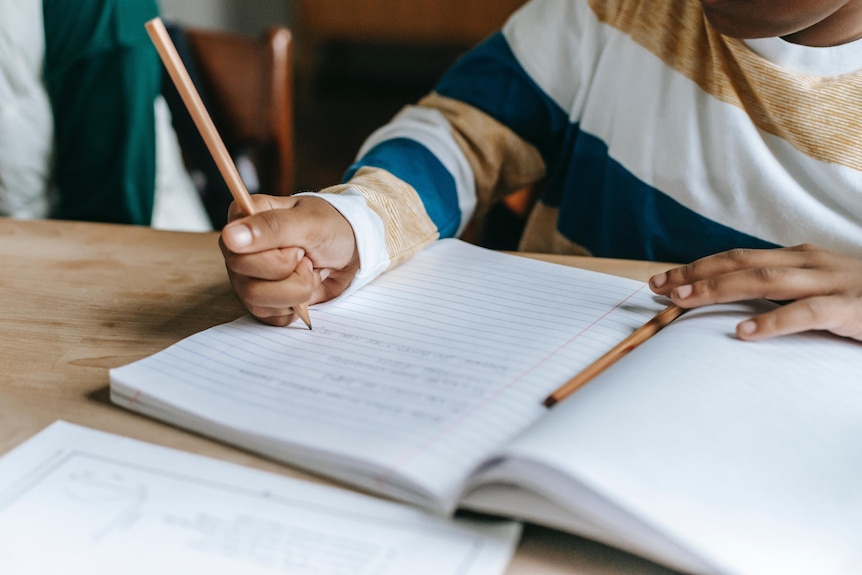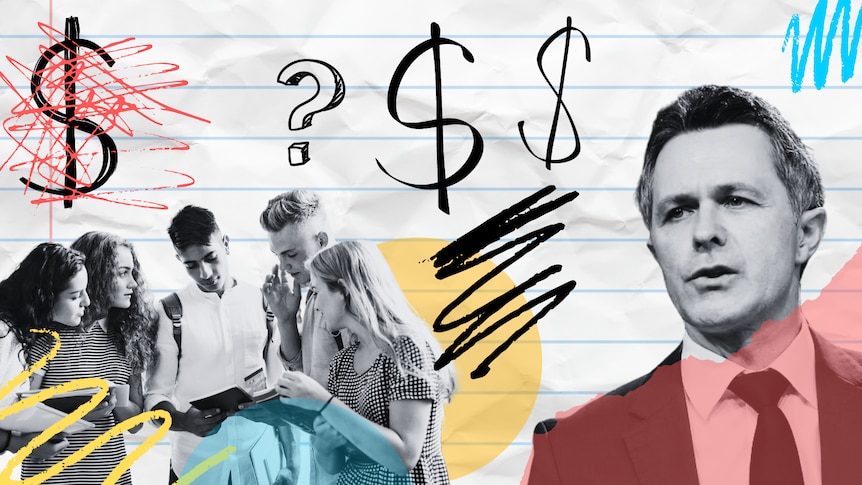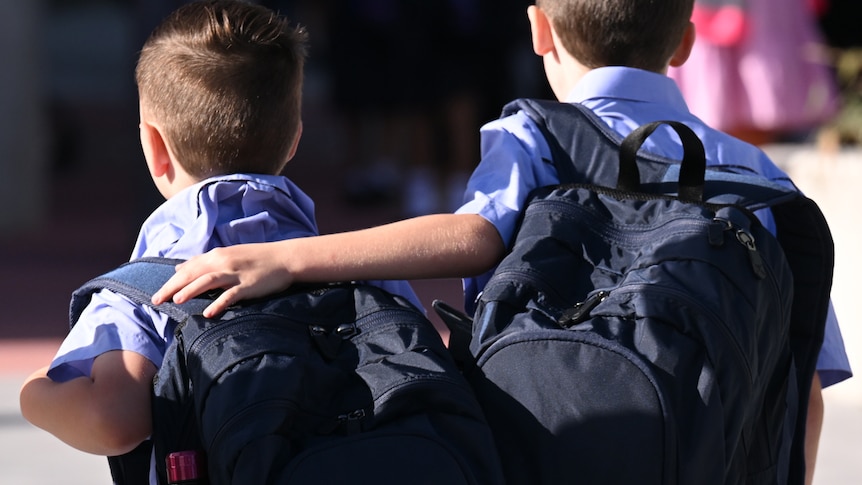Private school facilities spending in 2021 surpassed the expenditure on new facilities by over half of the public schools in New South Wales and Victoria, as per a union analysis.
Private Schools Respond to Allegations Regarding Private School Facilities Spending
Private schools have defended their funding for new facilities, emphasizing that it primarily stems from parental donations and investments. This has led private school associations to criticize the comparison made with publicly funded schools, deeming it misleading.
Margery Evans, the CEO of the Association of Independent Schools NSW (AISNSW), stated, “The AEU’s report presents a distorted view of how capital works in all schools are financed.”
She further added, “It is common knowledge that the majority of capital works in non-government schools, particularly in the independent sector, are predominantly self-funded through contributions from parents and the school community, often facilitated by loans repaid over an extended period.”
The AISNSW highlighted that the AEU researchers selectively focused on public schools to draw unfavorable comparisons.
Ms. Evans criticized this approach, stating, “It is unreasonable for the AEU to cherry-pick the most significant capital works projects from various non-government schools, which were independently financed, and juxtapose them with 3,300 public schools that had minimal or no capital works initiatives during that period.”
She continued, “The collective value of the capital works undertaken by these five non-government schools amounted to $175.6 million, which is less than the $250 million allocated by the NSW government for upgrades at a single government school, Chatswood High.”

**Criticism from Private School Groups on Report Findings**
**Private School Facilities Spending Criticized**
Private school associations have raised concerns regarding the recent report’s findings. The National Catholic Education Commission expressed its support for fully funding public schools while accusing the AEU report of distorting data. According to the executive director, Jacinta Collins, there have been significant discrepancies in the reporting of capital funding across different sectors. She highlighted that independent data sources, such as ACARA, revealed that capital expenditure in government schools in NSW and Victoria amounted to $2.784 billion in 2021, contrasting the $0.175 billion figure cited in the report.
**Contributions to Capital Spending**
Independent Schools Australia, a national lobby group, emphasized that 86% of capital spending in private schools is sourced from parents and school communities. While the group endorsed the call for increased capital funding for schools, CEO Graham Catt lamented the report’s failure to recognize the substantial contributions made by independent school communities and parents towards capital projects aimed at benefiting future generations.
**Government Response and Recommendations**
Despite the Productivity Commission’s recent proposal to restrict tax deductibility for donations supporting capital works spending, the government has dismissed any potential changes. The principal of Cranbrook School was not available for comment on the matter.
Exploring the broader perspective
Understanding the Latest Updates on Public School Funding
Exploring the recent changes in funding for public schools sheds light on crucial developments in education finance.
Insights into Private School Facilities Spending
Delving into the financial aspects of private school facilities spending reveals essential information for stakeholders.

Public School Funding Negotiations in Australia
The Commonwealth of Australia has recently reached an agreement with Western Australia to increase its contribution to school funding in the region to 22.5% of the School Resourcing Standard (SRS), an estimation of the necessary funding for schools to adequately cater to students’ needs.
While Western Australia has agreed to the 22.5% share, other states are pushing for the federal government to raise its offer to 25% of the SRS. A key point of contention is linking the funding to specific evidence-based classroom practices, which Federal Education Minister Jason Clare emphasizes as crucial.
Mr. Clare is focused on not only closing the funding gap but also addressing the education gap, emphasizing the importance of ensuring that the allocated funds are utilized effectively to enhance educational outcomes.
As negotiations continue, Greens leader Adam Bandt is set to join the discussions, adding to the pressure on the Commonwealth to increase its share of public school funding. Bandt highlights the Greens’ commitment to advocating for increased funding to ensure that all public schools meet the SRS requirements when the next funding agreement commences in 2025.
Bandt emphasizes the need for amendments that guarantee a minimum of 25% federal funding for all public schools, preventing states from exploiting loopholes to reduce their mandatory spending on education.
For more information on private school facilities spending, please visit our site 60time.com. Also, please don’t forget to follow us on social media at Facebook.



